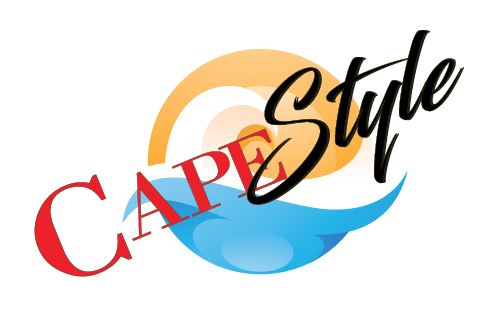
Shakespeare’s infamous quote, “That which we call a rose. By any other name would smell as sweet,” may be beautiful and inspiring. But, it is a good thing Shakespeare hails from England because in France they are a slight bit more particular about names.
Sparkling wines are produced in nearly every major wine growing region in the world, but if they are not bottled in the historic province of Champagne, France, they cannot employ the “Champagne” moniker. That means California bubblies, Spanish Cavas, Italian Proseccos and all their effervescent brethren are simply referred to as “sparkling wines.”
It is interesting to note, sparkling wines were discovered accidentally. To produce wine, grapes are harvested, crushed into juice, and fermented, which involves adding yeast to devour the sugar in the grape juice; thereby, producing alcohol and carbon dioxide. Fermentation stops when the sugar is depleted or when the winemaker determines the wine is at the appropriate level of sweetness.

Back in the early days of wine, however, the processes which stopped fermentation were somewhat rudimentary. They could result in a wine for which fermentation was not stopped, but rather paused by cold temperatures.
After a year’s grape harvest in the fall, wines were fermented, bottled and stored in natural underground cellars which were sufficiently chilled in the winter months. When spring arrived and warmer temperatures crept into the wine cellars, the pause button switched off and fermentation began again. Since the bottles were sealed, the carbon dioxide did not have anywhere to go, resulting in the infamous bubbles.
There are a few techniques for making sparkling wines. Technology has afforded a number of variations on those processes, but the preferred general procedure currently known and used around the world is the Traditional Method. A base, still wine is made that is high in acid, low in alcohol and fermented dry (all the sugar in the wine has been consumed by the yeast.)
Multiple base wines may be blended together to form cuvées. The base wine or cuvée is bottled, a specific amount of yeast and sugar is added and the bottle is sealed with a temporary cap. The additional yeast and sugar, known as liqueur de tirage, initiates a second fermentation in the bottle. This second fermentation continues for about a month and the now sparkling wine is left to age. Once the wine has developed to the vintner’s satisfaction, an exhaustive process to compile and remove the sediment from the neck of the bottle ensues. After which, the wine is topped off, sealed and ready for sale.
So when the cork is popped at your next celebration, impress your friends with your substantial knowledge on the bubbly!




